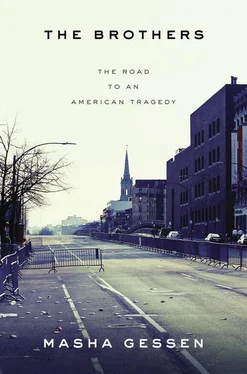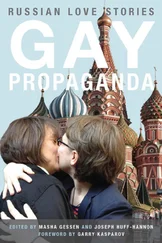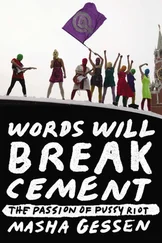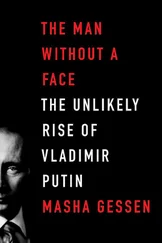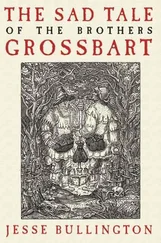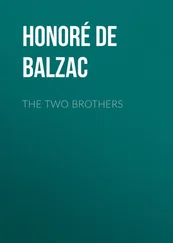The Marathon bombs were constructed using improvised fuses made from Christmas lights and improvised, remote-control detonators fashioned from model car parts. These relatively sophisticated devices would have been difficult for the Tsarnaevs to fabricate successfully without training or assistance from others.
The Tsarnaevs also appeared to have crushed and emptied hundreds of individual fireworks containing black powder in order to obtain explosive fuel for the bombs. The black powder used in fireworks is extremely fine; it was therefore reasonable to expect that if the Tsarnaevs had crushed the fireworks and built the bombs all by themselves, traces of black powder would be found wherever they had done the work. Yet searches of the Tsarnaevs’ residences, three vehicles, and other locations associated with them yielded virtually no traces of black powder, again strongly suggesting that others had built, or at least helped the Tsarnaevs build, the bombs, and thus might have built more.
Of the five hundred people tried for terrorism and related offenses in U.S. courts in the past dozen years, Jahar Tsarnaev is the first to have set off a real bomb rather than a fake explosive provided by the FBI—and going into his trial, there was no indication that the FBI knew where and how the bombs had been made and whether anyone had helped make them. If someone had, it was not the young men who had been convicted as Jahar’s accomplices.
• • •
THE STORY OF THE BOMBS,if it is ever known, may turn out to involve more people, and people with bigger ideas than the people named in this book—or it may not. As for the brothers themselves, theirs remains a small story, in which nothing extraordinary happens—or, rather, no extraordinary event is necessary to explain what happened. One had only to be born in the wrong place at the wrong time, as many people are, to never feel that one belongs, to see every opportunity, even those that seem within reach, pass one by—until the opportunity to be somebody finally, almost accidentally, presents itself. This is where the small story of the Tsarnaevs joins the large story of the War on Terror.
“The War Against Terror is another moment in this continuing saga of our species toward an unpredictable somewhere between All against All and One World,” writes Scott Atran, attempting to place terrorism in the context of the evolution of human identities.
While economic globalization has steamrolled or left aside large chunks of humankind, political globalization actively engages people of all societies and walks of life—even the global economy’s driftwood: refugees, migrants, marginals, and those most frustrated in their aspirations. For there is, together with a flat and fluid world, a more tribal, fragmented, and divisive world, as people unmoored from millennial traditions and cultures flail about in search of a social identity that is at once individual and intimate but with a greater sense of purpose and possibility of survival than the sorrow of here today, gone tomorrow…. Jihad offers the group pride of great achievements for the underachieving.
The rhetoric and actions of the U.S. government and its agents, in their outsize response and their targeting of specific communities, have probably done as much to create an imagined worldwide community of jihadists as have the efforts of al-Qaida and its allies. For Tamerlan, this vision offered a truer—and more realistic—path to greatness than boxing or keyboards could. And while Jahar may have envied his brother his place in heaven, he himself was getting ready to stand trial for doing exactly what he and his brother had wanted to do: for declaring war on a great power.
The winter of 2014–2015 in Boston was the coldest and whitest on record. One record-breaking blizzard accompanied by blistering cold was followed by another and then another, and then by the coldest days in living memory. Photographs of Bostonians skiing down once lively streets circulated in the papers and on the Internet, while in the city itself people watched life grind to a halt. Public transportation was suspended for days at a time, and then did not work with any regularity. Schools piled up snow days, stranding parents at home with children. At universities, some spring-semester classes never started. The roofs of dozens of businesses collapsed, and even where they remained intact, businesses lost money because neither workers nor customers could make their way through the snow. Ice dams formed when household heat melted rooftop snow, which instantly snapped frozen in the frigid air, making houses look like the Snow Queen’s palace. “But for those of us living here, it’s not a pretty picture,” Cambridge journalist E. J. Graff wrote in The New York Times in February. “We are being devastated by a slow-motion disaster of historic proportions.” The worst thing to happen to Boston since the Marathon bombing was in many ways its opposite: it was slow and quiet, and the full extent of the damage would be unclear for a long time. “Where are the federal disaster funds, the presidential visit, Anderson Cooper interviewing victims, volunteers flying in?” wrote Graff. “The pictures may be pretty. But we need help, now.”
Tamerlan had been dead for nearly two years, and Jahar had been in federal prison almost as long. Like some other inmates awaiting trial on terrorism charges, he was subjected to “special administrative measures,” or SAMs, which create an extreme sort of solitary confinement. Inmates are usually banned from attempting communication with other prisoners. The exact restrictions imposed in specific cases are hard to ascertain, because SAMs subjects are forbidden to talk about them, but in Jahar’s case, most of the SAMs provisions became part of the court record. Once the restrictions were imposed, in August 2013, he could communicate by phone only with his lawyers and immediate family members, and his interlocutors were banned from recording the conversations and from releasing any part of them to anyone else. All calls with family were to be monitored, recorded, and analyzed by the FBI for evidence of any attempt to pass messages. Aside from the legal team, only immediate family members could visit, and they were required to speak English to Jahar, while an FBI agent listened in. The visits with family could involve no physical contact: Jahar and the visitors used telephone receivers to talk through a glass partition. Correspondence was also allowed only with family members, only in English, and only at the rate of one three-page letter a week, addressed to a single recipient. Taken together, these restrictions meant that only Bella and Ailina could visit Jahar and that he could speak on the phone only to them and to Zubeidat.
The restrictions were imposed by order of U.S. Attorney General Eric Holder, who wrote: “I find that there is a substantial risk that his communications or contacts with persons could result in death or serious bodily injury to persons.” Holder’s memo gave two examples of the inmate’s harmful contacts with the outside world: first, Jahar had asked Azamat, Dias, and Robel to hide evidence; second, Zubeidat had released portions of a May 24, 2013, phone call with him—the first time he had been able to speak on the phone after recovering from injuries to his vocal cords—“in an apparent attempt to engender sympathy for Tsarnaev.” The memo added: “Tsarnaev has also gained widespread notoriety while incarcerated, as evidenced by his receipt of nearly one thousand pieces of unsolicited mail.” By the time this document appeared, the government had collected all its evidence in the case against Dias, Azamat, and Robel, and it did not actually allege that Jahar had asked his friends to hide evidence. As for the portions of conversation publicized by Zubeidat, in which her son assured her that he was well, these “have little bearing on whether Tsarnaev will attempt to spread concrete actionable messages,” argued the ACLU of Massachusetts in an amicus brief in support of the defense’s attempt to have SAMs lifted. The court refused to lift SAMs—and even to allow the ACLU to file the brief.
Читать дальше
